Description
Overview
Nordic Naturals ProDHA™ 1000 is an omega-rich formula that offers increased DHA potency in fewer soft gels. ProDHA 1000 provides maximum benefits in 1000 mg soft gels. With 100% natural strawberry essence for a great fruity taste, ProDHA 1000 offers 960 mg of DHA per serving, maximizing your dosage, and thus benefits.
Although the omega-3s EPA and DHA occur naturally together in fish oil and work together in the body, research shows that each fatty acid has unique benefits. DHA is the fatty acid that supports a healthy brain, eyes, nervous system, and mood.*
In fact, at least 20% of the brain is comprised of this vital fatty acid. Research shows that DHA supports memory, cognition, and emotional well-being, in addition to promoting healthy eyes.*
Ingredients
Recommendations
Two soft gels daily, with food, or as directed by your health care professional or pharmacist.
Why Nordic Naturals
Award-Winning Purity Levels: Protection from harmful environmental toxins
Every batch of oil used in Nordic Naturals’ products is third-party tested for environmental toxins including heavy metals, dioxins, and PCBs, ensuring that every product exceeds international quality standards and is at least 750 times purer than fish. Nordic Naturals was ranked #1 out of the top 10 fish oil brands in Norway for freshness, purity, and highest concentration.
Great Taste: Unsurpassed freshness equals great-tasting fish oil
The key objections to taking fish oils are taste and aftertaste. Nordic Naturals utilizes proprietary enzymatic and oxygen-free processing technologies to ensure no fishy smell, taste, or aftertaste. Their encapsulation process also adds natural fruit essences into both the soft gel and liquid oil for a light, fruity taste. Years of feedback from health professionals and customers alike indicates that children, teenagers, and adults of all ages enjoy the clean, light taste of Nordic Naturals fish oils.
True Triglyceride Form: Ensuring optimal absorption
The established health benefits of omega–3s are based on decades of data—much of which are based on natural triglyceride omega-3s. Whereas most concentrated fish oils on the market today are in the ethyl ester molecular form—a synthetic fat with only about 30 years of history in the human diet—all Nordic Naturals formulas are produced in true triglyceride form to ensure optimal absorption and results. New research shows that the absorption advantage of the triglyceride form is significant—up to 70% more than ethyl esters.
Manufacturing Process: Without chemicals or excessive heat
Nordic Naturals’ manufacturing processes enable them to deliver industry–leading freshness and purity levels. They use several steps in processing our oils, from water and clay filters to molecular distillation, with no chemicals or excessive heat, all while preserving the natural constituents of the oil to the highest degree possible. A purification process removes any potential environmental toxins (heavy metals, dioxins, PCBs, etc.), saturated fats, and other undesirable organic compounds, leaving only the beneficial components of the fish oil (omegas 3, 5, 6, 7, 9, 11, etc.). We also utilize a proprietary nitrogen (oxygen–free) environment to achieve our leading freshness levels, and to further reduce heat requirements, thereby maintaining the integrity of the oils. Moreover, they use only natural enzymes to form triglycerides for all our high–concentrate products, and all our oils are manufactured in triglyceride form in order to best preserve the oil and enhance absorption and utilization.
Research-Based Innovation: Driven by the latest science
Nordic Naturals is a research–driven company, where processing technology and product formulations are driven by the latest scientific developments. Their dedication to innovation is grounded in scientific research guaranteed by active participation in peer–reviewed clinical studies recognized by leading experts worldwide. With a reputation for efficacy and potency, Nordic Naturals fish oils are regularly chosen by independent research institutions and universities—such as Harvard University, Columbia University, The National Institutes of Health (NIH), Stanford University, Duke University, UCLA, and the Cedars-Sinai Medical Center—with 40 published studies, including 28 clinical studies, and more than 40 in progress.
Environmental Responsibility: Vitamin E and rosemary extract enhance the long–term freshness of their oils
Nordic Naturals has spent many years researching the impact of various natural stabilizers on fish oil. Our oils’ exceptional freshness ensures products with no fishy smell or taste, improved compliance, and great results.
Sustainable Sourcing
Since its founding, Nordic Naturals has always been deeply committed to the health of our oceans. Their environmental stewardship includes:
- Regulated FishingTo prevent over-fishing, 100% of our fish is sourced in compliance with the Norwegian fisheries management system, which has been a model of sustainability for over 30 years.
- By-catch PreventionWe use responsible fishing gear—including purse seine nets, sorting grids, and large meshes—to protect against bycatch of unintended species.
- Habitat ProtectionWe use line and net fishing methods to prevent the seafloor and ecosystem damage caused by methods such as bottom trawling and dredging.
- Marine Pollution PreventionUp to 80% of marine pollution is caused by land-based sources such as runoff, sewage, and waste. Our coastal processing facilities are industry leaders in minimizing pollution and conserving resources.
Nordic Naturals uses only wild-caught, sustainably-sourced fish:
Arctic Cod (Skrei)Sourced from the Norwegian SeaFishing regulations include quotas, minimum catch and net mesh sizes, fishing ground closures,and net and line fishing methods
Pacific and Atlantic Anchovies and SardinesSourced from the South Pacific and Atlantic oceans
Why Omega-3? How much is enough?

Global Omega-3 Deficiency and the Importance of Essential Fatty Acids
Essential Fatty Acids are nutritional cornerstones of human health. Two major families of fats are comprised under this designation, omegas 3 and 6. They are deemed “essential” because we need them for proper health—much like certain vitamins and minerals—but cannot produce them on our own. We must therefore consume these fats through diet or supplementation.
Most people associate omega-3s with cardiovascular health, but their benefits go far beyond the heart. The two main omega-3s—eicosapentaenoic acid (EPA) and docosahexaenoic acid (DHA)—promote a healthy immune response that is behind the relief of many chronic conditions but that is too often inhibited by poor nutrition.* Extensive research has documented the health benefits of EPA and DHA, which include not only a healthy heart, but brain and cognitive function, joint mobility, eye health, pregnancy and lactation, healthy skin and hair, and a normally functioning immune response.*
Despite the great health benefits of omegas, individuals around the world suffer from omega–3 deficiency, a little–known problem to most people, but one that is counted as the 8th leading cause of preventable death in the US, among dietary, lifestyle, and metabolic risk factors.1 Omega–3 deficiency stems in large part from the growing unavailability of foods rich in these nutrients—principally fish—and because of the increasing popularity of the Western diet worldwide. While most diets prior to the 20th century contained a relative balance of omega–3 and omega–6 rich foods, the typical Western diet today contains far more of the omega–6s. In fact, Americans have the lowest intake of omega-3 essential fatty acids of any developed country—the typical American diet contains 14–25 times more omega–6s than omega–3s! Through science and education, Nordic Naturals is committed to delivering both increased awareness and quality omega nutrition in order to address this global health concern.
1. Danaei G, et al. The Preventable Causes of Death in the United States: Comparative Risk Assessment of Dietary, Lifestyle, and Metabolic Risk Factors. PLoS Med 2009;6(4)
Omega-3s for the Heart
There is more scientific evidence behind the cardiovascular benefits of fish oil than any other nutritional supplement. Thousands of clinical studies have shown that increased intake of EPA and DHA—the omega–3 essential fatty acids in fish oil—enhance overall cardiovascular function.* The American Heart Association recommends that healthy adults eat fish at least twice a week, and that patients with heart disease take 1 gram EPA+DHA per day, and individuals with high triglycerides, 2–4 grams per day.2
The research-backed benefits of fish oil include:• Supports circulation and healthy blood vessel function*• Promotes the metabolism of dietary fat and cholesterol*• Supports a healthy heart rhythm*• Promotes healthy triglyceride levels in healthy individuals*• Is natural and safe for long-term use
2. Raffaele De Caterina, n-3 Fatty Acids in Cardiovascular Disease, New England Journal of Medicine 2011; 364: 2439–50
Omega-3s for the Brain & Mood
A large and growing body of scientific evidence indicates that fish oil benefits mental health and brain function in all stages of life. EPA and DHA, the omega–3 essential fatty acids in fish oil, are particularly concentrated in the brain—an organ composed of nearly 60% fat—and the nervous system, where they provide necessary building blocks for healthy cells and tissue.* DHA, for example, constitutes 20% of the total fatty acids in the cerebral cortex, the outermost layer of the brain responsible for sophisticated information processing like memory and attention.
The research-backed benefits of fish oil include:• Supports healthy brain function*• Promotes positive mood and well-being*• Supports memory and learning ability*• Supports focus and attention*• May help slow the progression of age-related memory loss*• Protects nerve and brain cells from oxidative stress and damage*• Is natural and safe for long-term use
Omega-3s for Eyes
A large body of scientific evidence indicates that supplementing with fish oil benefits eye health in people of all ages. Why? Because fish oil is the best source for EPA and DHA, the omega–3 essential fatty acids that are among the most important nutrients for the development, function, and maintenance of eye tissue throughout life. DHA is particularly important for the eyes, and attains its highest concentration within eye tissue, where it accounts for approximately 30% of the total fatty acids.*
The research-backed benefits of fish oil include:• Promotes healthy eyes and vision*• Supports healthy tissue moisture and tear production*• Protects against age-related oxidative damage*• Maintains fluid and flexible eye cells and tissues*• Can help alleviate dryness and redness*• Is natural and safe for long-term use
Omega-3s for the Back and Joints
A large body of scientific evidence indicates that fish oil supports key compounds and internal repair systems that operate in response to physical stress. Studies show that EPA and DHA, the omega–3 essential fatty acids in fish oil, support the resolution of pain associated with physical stress to the back and joints.*
The research-backed benefits of fish oil include:• Promotes back and joint health*• Promotes joint mobility and flexibility*• Supports internal repair systems that operate in response to physical stress*• Is natural and safe for long-term use
Omega–3s for Immunity
The ratio of omega–3 to omega–6 essential fatty acids that a person consumes directly impacts the health of their immune response. Similarly, the ratio of fatty acids within their cell membranes directly influences whether the immune response synthesizes beneficial or potentially harmful molecules. When the immune system is triggered—for example by injury, allergy, or infection—fatty acids are released from the cell membranes. These fatty acids are converted into molecules as part of the body’s natural healing response. A large body of scientific evidence indicates that fish oil helps to naturally regulate the immune response and support the internal repair systems that operate in response to stress and injury.*
The research-backed benefits of fish oil include:• Promotes a healthy immune response*• Supports internal repair systems that operate in response to stress and injury*• Is natural and safe for long–term use
Omega-3s for Pregnancy & Lactation
EPA and DHA—the omega-3 essential fatty acids in fish oil—are crucial throughout life, but especially during pregnancy, when a woman’s demand for DHA in particular increases substantially. DHA comprises approximately 20% of the fatty acid in the brain’s cerebral cortex. That’s why DHA is among the most important nutrients for pregnant and lactating women. The DHA consumed by expectant moms sets the foundation for her baby’s developing brain, eyes, and nervous system. DHA also provides mood and nerve support for new mothers in the weeks following her baby’s birth. Omega–3 fish oil is a safe, pure, and effective way to promote the health of both moms and babies, and is endorsed by the American Pregnancy Association.*
The research-backed benefits of fish oil include:• Promotes the healthy development of the fetal brain, eyes, nervous system*• Promotes positive mood and well-being for mothers*• Supports healthy birth weight and gestational length*• Promotes attention and focus in infants and children*• Supports healthy immune system development*• Is natural and safe for long-term use
Omega–3s for Hair, Skin & Nails
Skin is the largest organ in the human body and is often the first visual indicator of an essential fatty acid deficiency. EPA and DHA, the omega–3 essential fatty acids in fish oil, along with GLA, the essential fatty acid found in borage and evening primrose oils, are crucial nutrients for skin health and function. These essential fatty acids (EFAs) reside in the membranes that surround skin cells, where they regulate a large number of cellular processes that directly impact skin health.*
The research-backed benefits of fish oil + GLA include:• Nourishes skin, hair, and nails*• Protects against age–related damage*• Hydrates skin by retaining natural moisture*• Protects against free radicals*• Stimulates production of healthy skin cells*• Supports a clear and healthy complexion*• Is natural and safe for long-term use
Omega–3s for Fitness
High–intensity exercise significantly increases the demand on the circulatory system to provide oxygen and nutrients to the muscles, lungs, and brain, and to remove metabolic waste like lactic acid. Omega–3 essential fatty acids from fish oil have been shown to support lung function, and to promote blood flow and oxygen delivery to active muscle by enhancing blood vessel function.* They have also been shown to play an important part in recovery from physical stress.* These effects combine to enhance endurance and promote joint flexibility, mobility, and comfort.*
The research–backed benefits of fish oil include:• Enhances cardiovascular function and circulation*• Promotes joint flexibility and mobility*• Supports optimal fat metabolism and body composition*• Enhances exercise performance, endurance, and recovery*• Is natural and safe for long–term use
Omega-3s for Digestive Health
Along with other conditions, gastrointestinal discomfort is also associated with excessive stress. Omega–3s hold promise as an adjuncts to traditional therapies aimed at improving or maintaining digestive health.* Evidence for this exists from both human and animal research models.
The research–backed benefits of fish oil include:• Protects against free radicals*• Supports digestive and gastrointestinal health*• Is natural and safe for long–term use
Omega-3s for Kids
Among the many beneficiaries of omega–3 nutrition, children have the most to gain from these essential fats. From prenatal babies to adolescents, children rely heavily on EPA and DHA for visual, brain and immune system development, and for normal emotional and cognitive function.* Much of this has to do with the rapid growth of the brain in childhood. Essential fatty acids have been shown to positively impact children in a whole host of ways. Unfortunately, recent research has also shown that only 22% of children get adequate amounts of these essential fatty acids. Along with a healthy diet that includes fish and fresh green leafy vegetables, supplementing with a premium fish oil product is the best way to ensure that families begin to reverse this trend.
Research finds that:• Omega–3 consumption in pregnancy may reduce the risk of allergies in children*• Omega–3 consumption in pregnancy may reduce the risk of colds in infants*• Omega–3 consumption may support learning*
*These statements have not been evaluated by the Food and Drug Administration.This product is not intended to diagnose, treat, cure, or prevent any disease.
Frequently Asked Questions
What are essential fatty acids (EFAs & wy do we need to take omega-3 EFAs?
Essential fatty acids (EFAs) are polyunsaturated fats that our bodies need but cannot produce. Therefore, they must be consumed through food or supplements. There are two families of EFAs: omega-3 and omega-6, which need to be consumed in a balanced ratio. The body must receive a balanced supply of omega-3 and omega-6 EFAs to ensure proper eicosanoids production. Eicosanoids are hormone-like compounds that affect virtually every system in the body—they regulate pain, help maintain proper blood pressure and cholesterol levels, and promote fluid nerve transmission. The problem is that, in our modern industrialized food system, omega-3s have become largely absent from the food chain while omega-6s have become overabundant. Even the healthiest diets contain too many omega-6s and not enough omega-3s. Decades of scientific evidence indicates that this EFA imbalance can contribute to a variety of chronic health issues. The most beneficial omega-3s that we’re missing are EPA (eicosapentaenoic acid) and DHA (docosahexaenoic acid). Purified fish oil is the best direct source of EPA and DHA.
What are possible signs of omega-3 deficiency?
- Fatigue
- Poor memory
- Immune weakness
- Dry skin, eczema, or hair loss
- Heart problems
- Reproductive problems (men and women)
- Mood swings or depression
- Poor circulation
Can we get enough omega-3s from the food we eat?
Fish is the primary food source of the omega-3s EPA and DHA, but Americans simply don’t eat enough fish on a regular basis. Even those who eat fish several times a week aren’t getting enough EPA and DHA because much of the fish consumed today is farm raised and lacks significant amounts of EPA and DHA. Also, many people are increasingly avoiding fish due to growing concerns about environmental toxins in fish (such as mercury, dioxins, PCBs, etc.). In addition, there are several factors that can lead to reduced absorption of EFAs—age, poor diet, alcohol consumption, low levels of certain vitamins and minerals, some prescription drugs, compromised immune status, and a diet high in saturated and/or trans-fatty acids (meat, dairy, fast food, fried food, baked goods, and processed foods). Moreover, people with health challenges or those who are currently deficient often require a minimum of 2–4 grams a day of EPA and DHA, which is difficult to obtain from fish alone.
What is the relevance of balancing the omega-6:omega-3 ratio?
Over the past 100 years, changes in the food supply in Western nations have altered the type of dietary fatty acids we consume, leading to a dramatic increase in the ratio of omega-6 to omega-3 fatty acids. This increased omega-6:omega-3 ratio is known to influence a poor nutritional state that contributes to higher incidences of many chronic diseases. To address this omega-6:omega-3 imbalance, current recommendations suggest increasing the consumption of pre-formed omega-3s EPA and DHA in fish and/or fish oils, increasing intake of ALA (an omega-3 alpha-linolenic acid found in vegetables, flax, fruits) and decreasing intake of LA (the omega-6 linoleic acid in meat, dairy, eggs, vegetable oils).
If we get too much omega-6 in our diet, then why does Nordic Naturals offer products that contain an omega-6 (e.g., Nordic GLA, Complete Omega, Omega Woman)?
Omega-6 fatty acids (Linoleic Acid or LA) are found mainly in corn, soybean, safflower, and sunflower oils and, although essential, these fatty acids are over consumed and out of balance with omega-3 fatty acids in the modern Western food supply. For these reasons, omega-6 supplementation is not needed for non-strict-vegan westerners. However, there is one type of omega-6 (Gamma Linolenic Acid, or GLA) that does require supplementation. GLA is found in few sources such as borage and evening primrose oils. Used in some Nordic Naturals formulas, GLA promotes the production of beneficial prostaglandins and supports healthy skin, brain function, mood, joint, and cardiovascular health. It is most effective when taken along with the EPA and DHA in fish oil.*
Do pregnant women need omega-3s?
It is especially important for pregnant and breastfeeding women to consume DHA (one of the omega-3s in fish oil) because the developing baby is dependent on mom! DHA is an essential fatty acid—we must get it from diet or supplements because our bodies don’t make it—and consuming enough DHA is critical for normal and healthy development of infant brain, eyes, and nervous system. Inadequate consumption of DHA during pregnancy has been linked to shortened gestational periods and premature delivery, and sub-optimal mood health for women after pregnancy.* Experts recommend that women consume 300–600 mg of DHA daily while pregnant and breastfeeding. Nordic Naturals DHA, Prenatal DHA, and Ultimate Omega all satisfy this dosage, each providing 450 mg DHA per serving. As with any supplement, it is best to consult your health care professional.
How soon will I see results from supplementing with omega-3 fish oil?
It will vary depending on the concentration of the fish oil, your current nutritional state, dosage, and current health. We often hear that our customers “feel better” and experience “clearer thinking” and “enhanced well being” within 2 weeks. For optimal results, we recommend you take our fish oil daily for at least two months to evaluate their benefits, and also reduce your intake of saturated, hydrogenated, and trans-fats.
What about other beneficial omega fatty acids like omega-5s, omega-7s, omega-9s? Do we need those too?
All non-concentrated fish oils contain a myriad of other omega fatty acids besides the omega-3s EPA and DHA. The average fish oil contains 23 omega fatty acids. Any quality fish oil manufacturer should be able to provide a chromatogram listing the levels of all the omega fatty acids found in their fish oil. Often, when fish oil is concentrated, some of these other fatty acids will be removed in order to increase the amounts of EPA and/or DHA. You often hear the most about the omega-3s EPA and DHA because those are the fatty acids that have been shown, by decades of scientific research, to yield important health benefits for every cell, organ, and system in the body, and are considered the most functional omega-3s. And they are also drastically deficient in the food supply of Western nations, making it very difficult for us to get adequate amounts from our diet.
What should I look for when purchasing a fish oil supplement to ensure high quality?
- Third-party test results for purity and freshness. A third-party certificate of analysis indicates the levels of purity from environmental toxins, and the oxidation level (or freshness) of the oil.
- Manufacturing standards. Is the fish oil manufactured according to international quality standards?
- Smell and taste. Does the fish oil smell or taste fishy? If so, the fish oil has most likely been exposed to oxygen and is becoming rancid. Rancid (oxidized) oils should be avoided, as they yield less-than-healthy effects. Avoid fish oils that have really strong flavorings added to them because they are most likely trying to hide the fishy flavor of rancid oil.
- Triglyceride molecular form. Research has shown that triglyceride form omega-3s are up to 70% better absorbed than synthetic ethyl ester omegas.
- Supportive scientific research to prove the efficacy of the fish oil brand.
- Sustainable fishing practices. Any environmentally responsible fish oil manufacturer should offer transparency into their fishing practices.








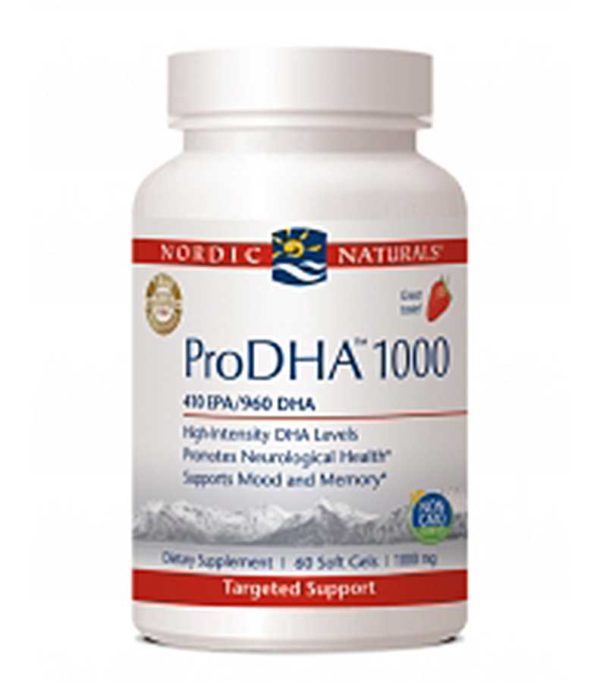
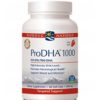
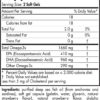
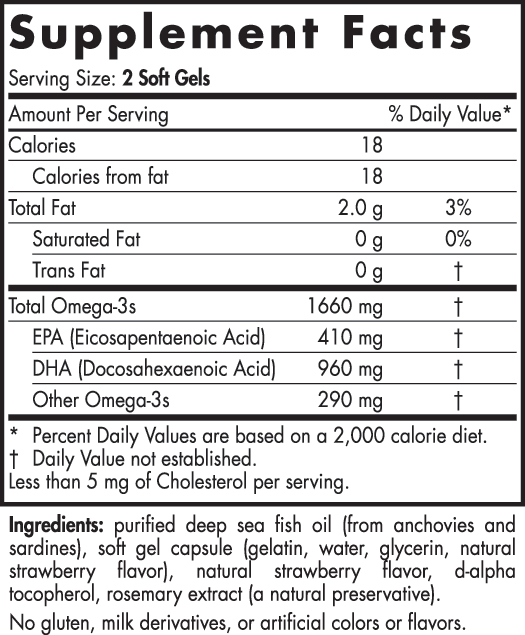
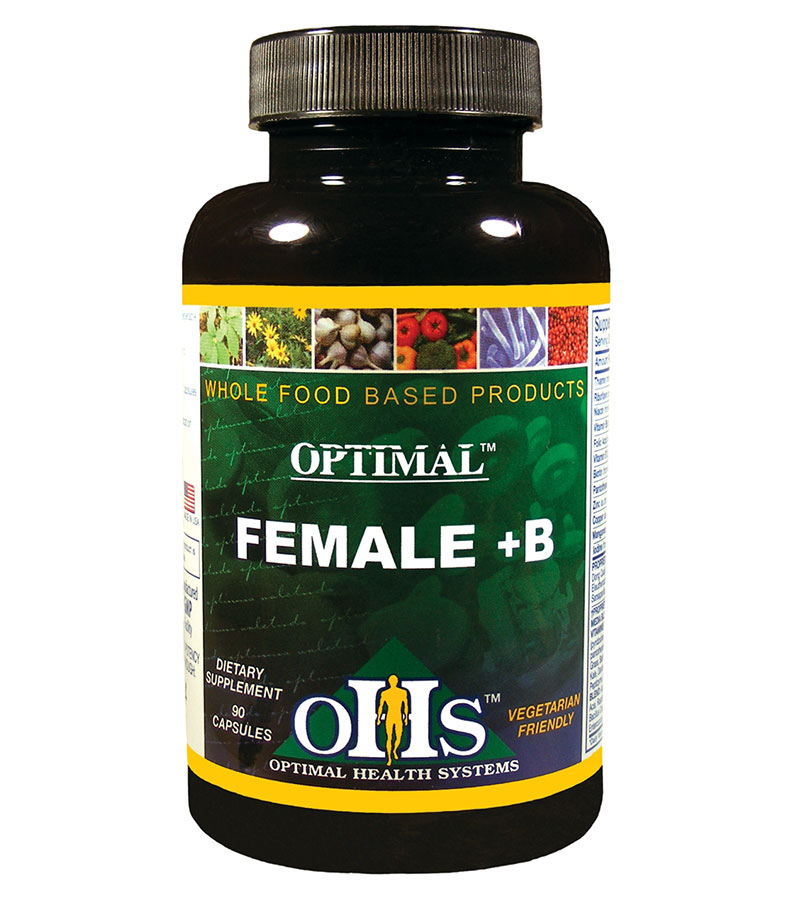
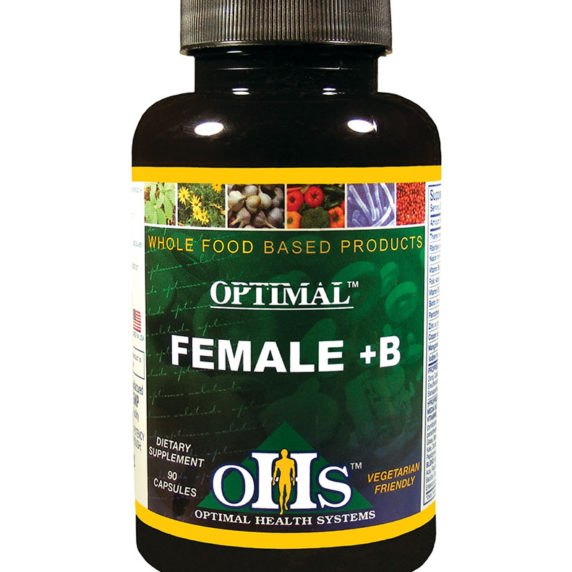
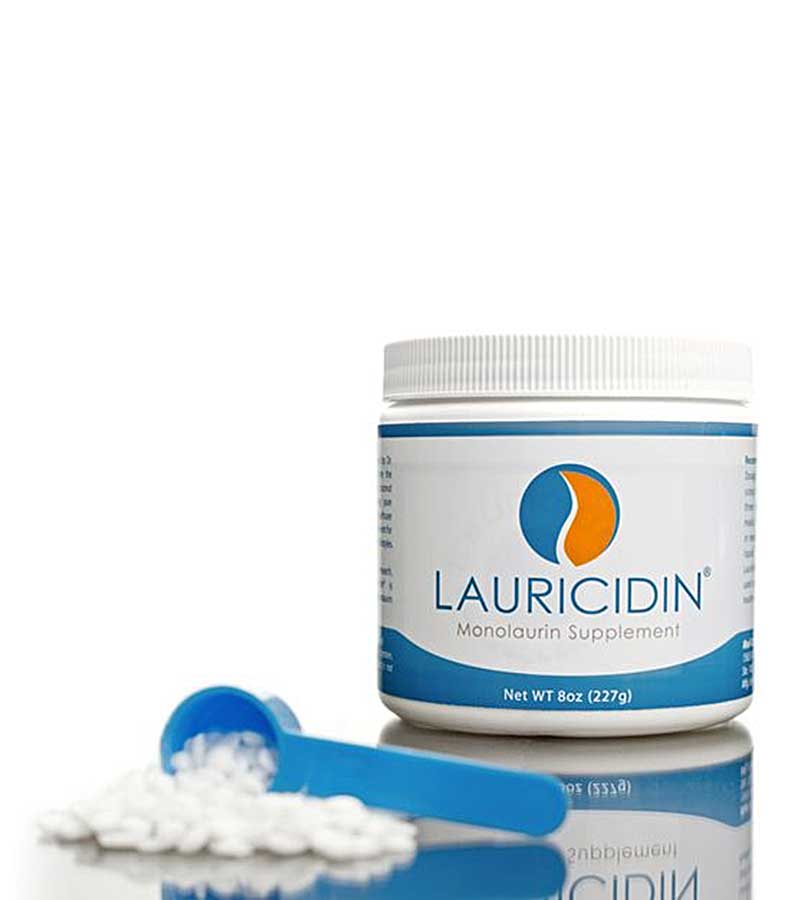
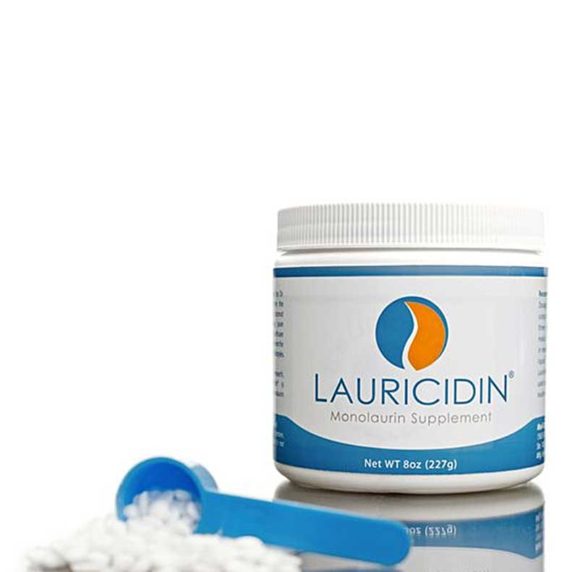
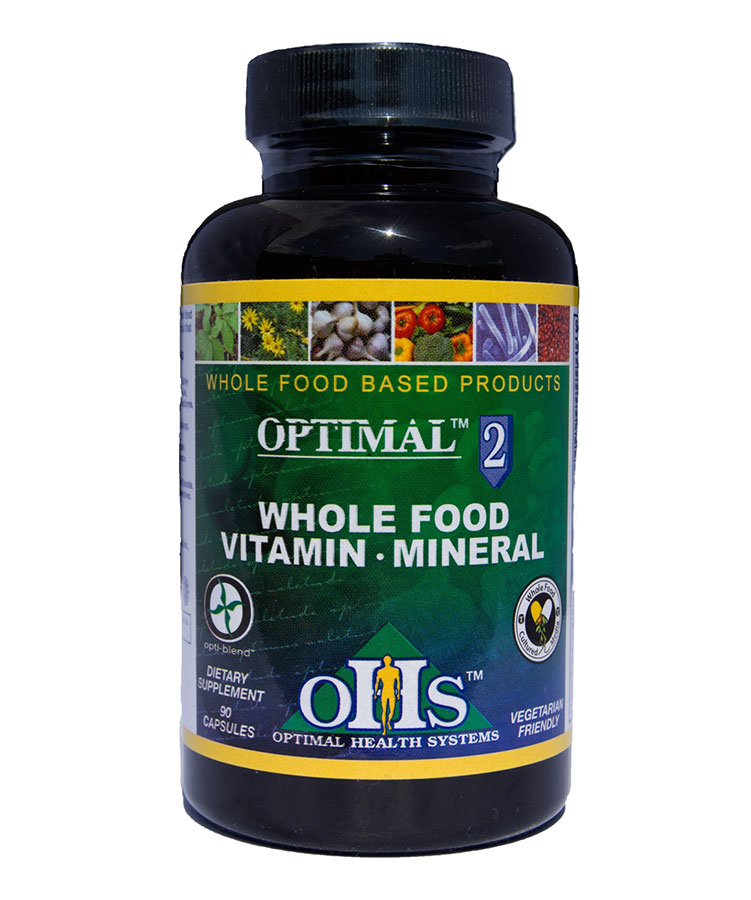
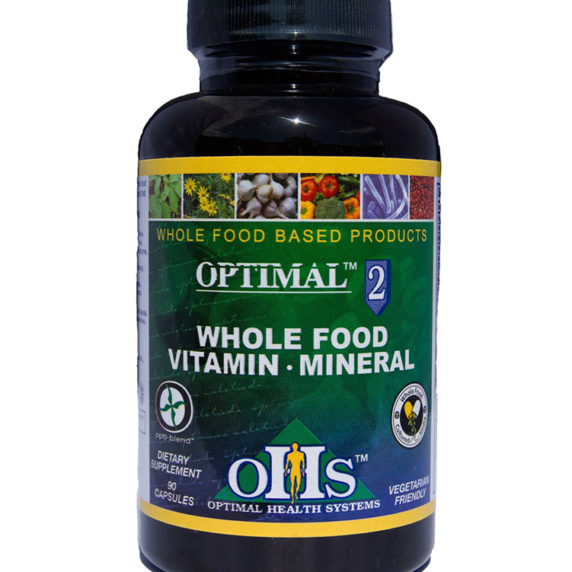
Reviews
There are no reviews yet.